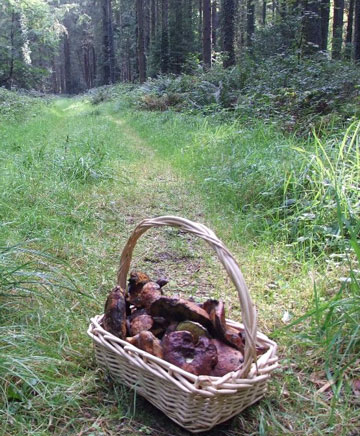
The Food Safety Authority of Ireland has warned about the dangers of wild mushroom foraging as seven people have been poisoned so far this year.
The authority said that 27 varieties of the fungus are toxic. There are 13 highly dangerous species in Ireland which are life threatening and can cause liver and kidney damage, while another 14 native species lead to gastrointestinal upset, it said.
Last year the National Poisons Information Centre of Ireland was notified of 22 cases of food poisoning related to wild mushroom while there have been seven cases so far this year.
Ray Ellard, director of consumer protection, said it is extremely difficult to identify the safe mushrooms growing in the wild, as opposed to the poisonous varieties.
“Cooking does not kill the potentially toxic chemicals that can be found in some wild mushrooms,” he said.
“Eating a wild poisonous mushroom, raw or cooked, can result in people becoming very ill and indeed in some cases, can be life threatening," he said.
“We strongly advise parents to teach children not to eat wild mushrooms and to specifically watch children who may be playing in gardens or fields where wild mushrooms could be growing, in case they accidentally eat a poisonous mushroom.”
The authority warning coincides with the start of the mushroom foraging season, when incidence of food poisonings notified to the National Poisons Information Centre of Ireland rise.
Seven people have been treated so far this year, with 22 patients reported last year. Many species cause nausea, vomiting, abdominal cramps, and watery or bloody diarrhoea, while species like death cap are highly poisonous and can cause hepatic and renal toxicity.
Elsewhere magic mushrooms have hallucinogenic properties and can led to confusion, agitation, aggressive behaviour and panic attacks.
The FSAI said people who gather mushrooms in the wild need to be aware of the risks they are taking and should always ask an expert for advice.
“We are advising amateur mushroom hunters to seek specialist advice from an experienced mushroom forager if they plan to undertake this activity,” added Mr Ellard.
“Websites and books showing visuals of mushrooms are not sufficient in our view to make a confirmed identification of a safe mushroom and we would not recommend people to solely rely on these as a guarantee of the safety of a wild mushroom.”
























